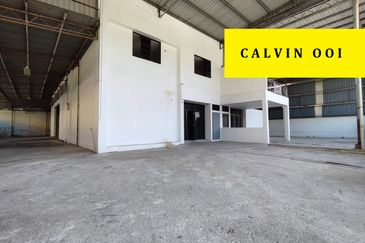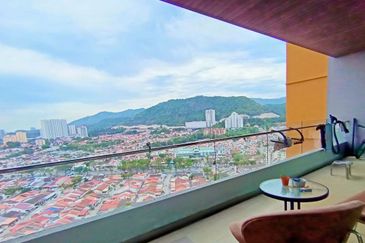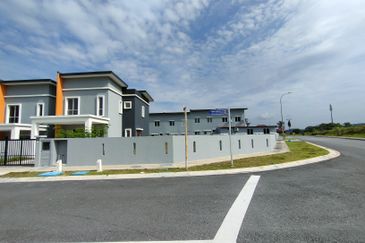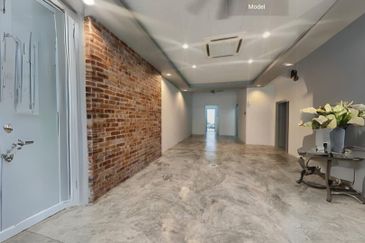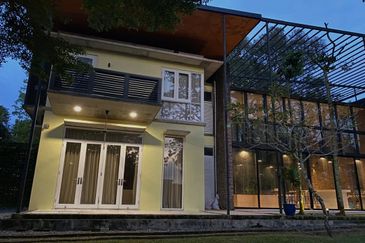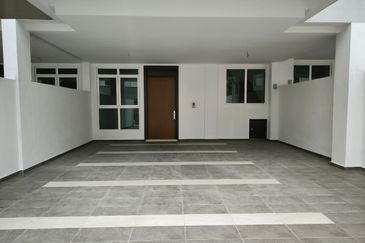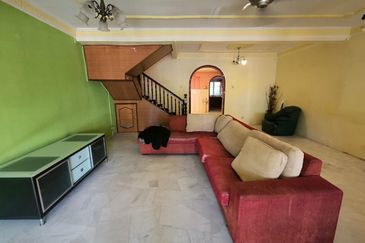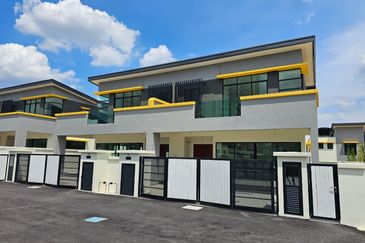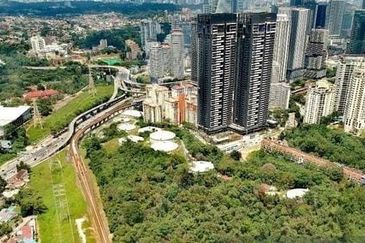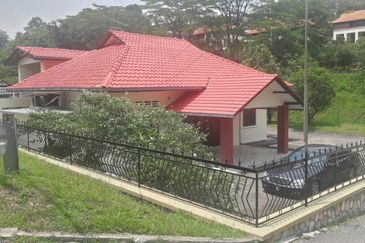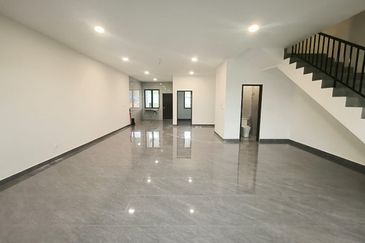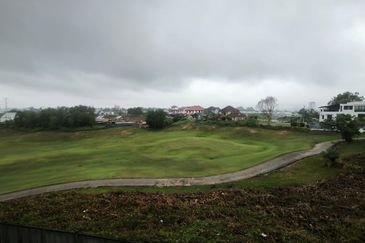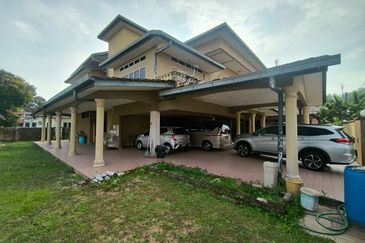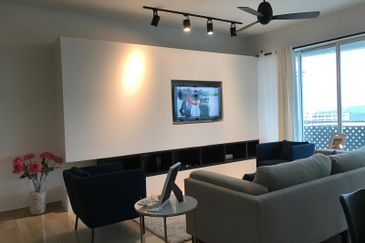KUALA LUMPUR (June 13): Melaka-based furniture maker Len Cheong Holding Bhd, which has just chalked up six months of profit on foreign-exchange (forex) gains and improved sales after over five quarters in the red during which overseas demand declined for its rubberwood furniture, may appear to have curious timing to observers.
For when the property market is experiencing a downturn, it has decided to venture into property development via a joint venture with landowner Goldpeace Corp Sdn Bhd (GCSB). Under the deal, Len Cheong’s wholly-owned unit Len Cheong Resources Sdn Bhd will be developing 18 single-storey semi-detached houses and bungalows on GCSB’s freehold agricultural plot in Melaka.
Further, it has been more than a decade since Len Cheong chairman Datuk Seri Dr Sow Chin Chuan, who is also executive chairman of rubberwood furniture component maker DSP Resources Bhd, works on a property development project.
In a recent interview with The Edge Financial Daily, Sow, 56, acknowledged that the property market had been trending down, but said he believes in the saying that “whatever goes down will come up again”. Hence, he wants to prepare Len Cheong to catch the up-cycle when the market improves.
Sow’s reasoning sounds familiar, as many manufacturers-turned-developers such as Yong Tai Bhd and PRG Holdings Bhd subscribed to the same belief and began their diversification into the same business with joint ventures with landowners in 2014 — a strategy not dissimilar to Len Cheong’s.
The Melaka development carries a gross development value of RM6.7 million, with a gross development cost of RM4.71 million, which will bring about RM1.99 million in profit on completion, according to the group’s announcement on April 22.
Construction of the project is estimated to begin in the second half of 2017, and be completed in 24 months. Len Cheong is also in talks with some potential landowners in Seremban, Negeri Sembilan, and Selangor for more projects.
Promising returns aside, Sow acknowledged that the venture into property development requires huge capital, which is why the group is in the midst of selling its factory, valued at about RM20 million in 2013, and preparing a rights issue to raise funds for the venture, said Sow.
“If everything goes smoothly, it (fundraising) will be completed by this year,” Sow said.
Len Cheong has pared down its borrowings and was in a net cash position in the third quarter ended Sept 30, 2015, but Sow is not keen to turn to banks for fresh borrowings.
“We hope to use the fund from the [planned] rights issue for the project, and working capital,” he added. As at March 31, 2016, Len Cheong’s cash and bank balances stood at RM573,000, while its accumulated losses stood at almost RM6 million.
Len Cheong’s diversification is also supported by Sow’s son and son-in-law, who have expressed keen interest in the sector.
“My son is graduated and he is trained as a quantity surveyor. He is interested in the property sector. Also [the same is] my son-in-law,” said Sow. Sow is the largest shareholder of Len Cheong, with a 29.36% stake as at Dec 31, 2015.
Sow, who was involved in property development in the 1980s and 1990s, said he had a strong and dedicated team to assist him on his way back to “his principal field”.
One of the prominent projects he took part in was the Melaka State Mosque, which was completed in 1994.
The diversification notwithstanding, Sow said furniture-making will remain the group’s core business, which has the potential to be synergised with its new property development segment by furnishing units of projects the group develops.
However, he said, the development of the furniture segment can be easily impacted by the government’s policy on the employment of foreign workers.
“If it (ban on new intakes of foreign workers) remains, it will be more and more difficult to get new workers. This is not favourable to the industry.”
Len Cheong’s furniture is mainly for export, hence the group’s earnings are subject to forex fluctuations, and it has no hedging.
Thus, Sow remains cautious about the group’s earnings, despite making a profit in two recent quarters due to forex gains, as he is concerned that the ringgit, which ranges between 3.8 and 4.2 against the US dollar year-to-date (YTD), would affect the group’s profit margin, which currently stands at 15% to 20%.
Len Cheong shares closed up one sen or 3.12% at 33 sen last Friday, with a market value of RM21.78 million. YTD, Len Cheong has gained near 95%, significantly outperforming a 3.03% decline in the FBM KLCI.
This article first appeared in The Edge Financial Daily, on June 13, 2016. Subscribe to The Edge Financial Daily here.
TOP PICKS BY EDGEPROP
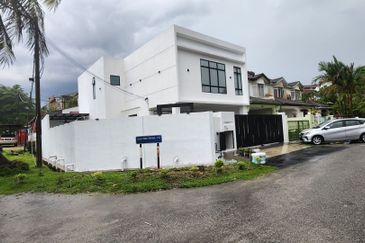
Bandar Damai Perdana, Kuala Lumpur, Kuala Lumpur
Cheras, Kuala Lumpur

Damansara Heights (Bukit Damansara)
Damansara Heights, Kuala Lumpur
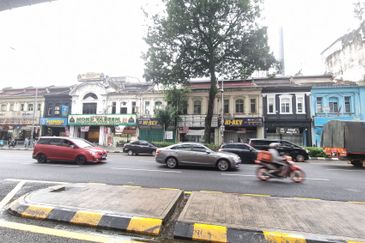
Jalan Tuanku Abdul Rahman
KL City, Kuala Lumpur
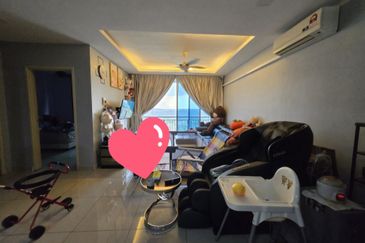
D'Ambience Residences (Ikatan Flora), Bandar Baru Permas Jaya
Permas Jaya/Senibong, Johor


